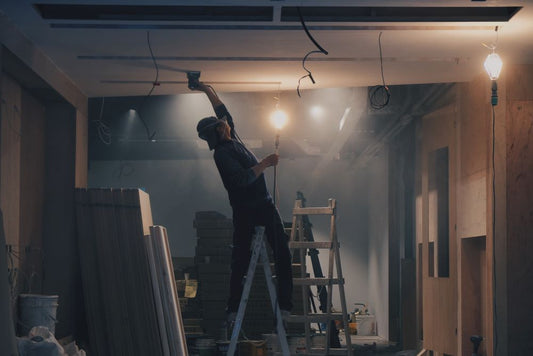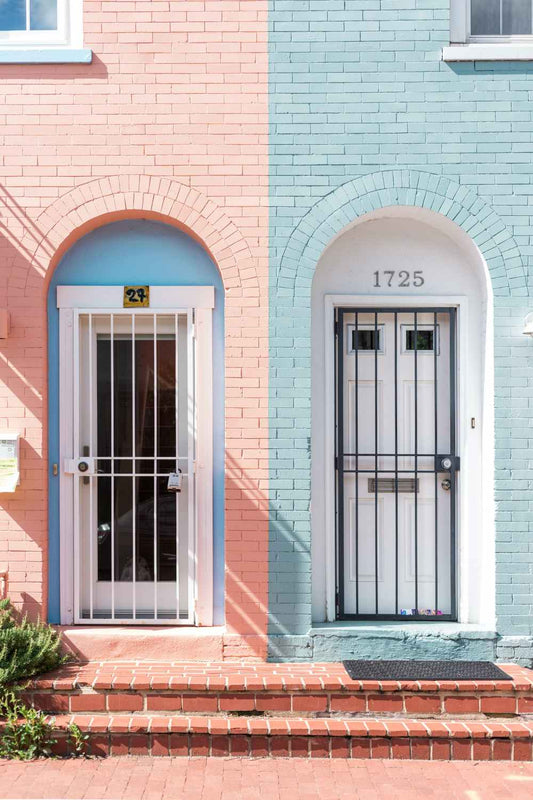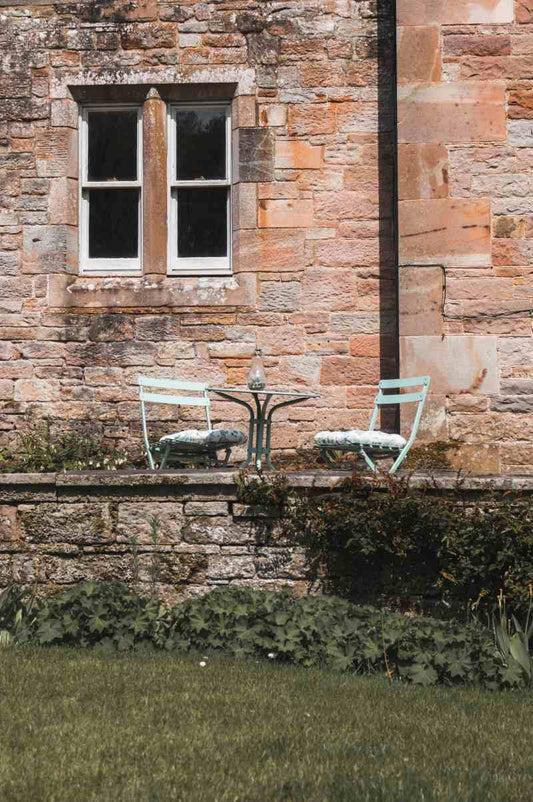The Right Tools Help Energy Efficiency
You may not think so, but if you use the best tools available, your brick wall construction will be easier and be more energy efficient. There should be fewer spaces, fewer out-of-line bricks or blocks, etc.
When you use a high quality brick profile, your walls should go up smoothly and take less work to complete. Your corners will be precise which helps keep heat inside your home and the cool air outside.
To learn how brick profiles help with energy efficiency, just continue to read this article. It includes all the relevant information you need to build better and save on costs.
What Is The Role Of Brick Profiles In Energy Efficiency
The basic role of these tools is to ensure that the wall is constructed evenly, level, and without gaps. They set up easily enough, allowing bricklayers to complete several courses without having to adjust the profile.
As the wall goes up, the brick profile, depending on the model, can help the bricklayer create the needed air space. That air space acts as an additional layer of insulation that protects against any heat loss that goes through the brick.
Without the brick profiles the wall may end up uneven, have gaps, or lack the needed air space insulation. This would not bode well for the homeowner as the loss of energy would add to their energy bills and make their homes or buildings inefficient.
The profiles ensure that the bricks or blocks laid will be in the best position to minimise energy loss
How Specific Brick Profiles Can Impact The Thermal Insulation of a Property?
Here are some examples of how different bricks affect the thermal insulation of a property:
1. Fly Ash- Made from waste products from coal furnaces, it has a very low thermal insulation factor. This type of brick will let more heat out making the home or building much colder than it should be.
2. Air Bricks- These are bricks that are made with holes in them. Those holes aid in removing the damp air and provide great airflow. However, with the air flow can be a loss of thermal insulation. The best applications are for chimneys, fireplaces, and similar projects.
3. Facing Bricks- These are designed to make the exterior of the building more attractive. This extra layer of brick should help keep thermal loss to a minimum and help lower energy bills.
4. Refractory Bricks- These are specially designed bricks used for kilns, furnaces, pizza ovens, etc, Their thermal loss is not that great and they should be able to hold the heat inside with ease.
5. Concrete Bricks- These are not very attractive but provide the strength needed for many types of walls. They are very versatile in use and are very cost-efficient. Their thermal insulation prowess is said to be high and should keep the need for more heat to a minimum.
6. Common Bricks- These types of bricks are made with a high thermal mass and a low conductivity capability. These bricks should be good at providing the energy efficiency a home or commercial building owner needs to keep their energy costs low.
7. Engineering Bricks- These bricks come with a low water absorption factor. They are made more for damp construction projects and areas. Their thermal insulation properties may not be as high as other bricks on this list. This means you may have to use more heat to stay warm.
Brick Profile Materials And Their Insulating Properties
The previous section provides a list of the different building materials that can be used. Each one is designed for a specific purpose which may or may not help in providing the best insulation your home could use.
In the damp UK weather, concrete blocks and bricks are the best form of construction material. They help keep the damp air outside while providing good airflow. The insulating properties will depend on the type of brick and its purpose.
Some are better than others and the above list will help you find the best possibilities for your construction project. When building outside walls, you will not need high thermal insulation properties.
It is when you are building commercial structures and residential homes that the type of brick to be used becomes important. Picking the right bricks will ensure the owner of the building avoids high energy bills.
Choosing The Right Brick Profile For Your Home
This can be a difficult task. There are a wide variety of bricks to choose from and they all have their own unique qualities that make them perfect for some buildings and not so good for others.
One criterion to use will be the neighbouring houses or buildings. You can choose the bricks that will match the neighbourhood style or try to stand out and pick a different type and colour of brick.
Another criterion will be purpose. Do you want an attractive look, strong walls, high thermal insulation powers, and so on? Or do you want a double wall with facing bricks to make the home look better and bring higher property values?
A third criterion would be the shape of the brick. There are standard sizes and not-so-standard sizes to pick between. Finally, how do you want to lay those bricks? Some bricks work well in specific designs while others won’t work so well.
Some Additional Words
Bricks have been used in the UK for centuries. But to lay them right you need the right brick profile and tool to make it all work, as well as look good. To help you with both check out our website, https://brickworktools.com/ , today.
Not only can you get the best brick profile tool available but you can also get some great advice on which bricks to use on your next building project. Check us out today and see what we can do for you.




